Tough-skinned tomatoes: expert tips to avoid this common problem
We explain what causes tough-skinned tomatoes and how you can prevent it from happening
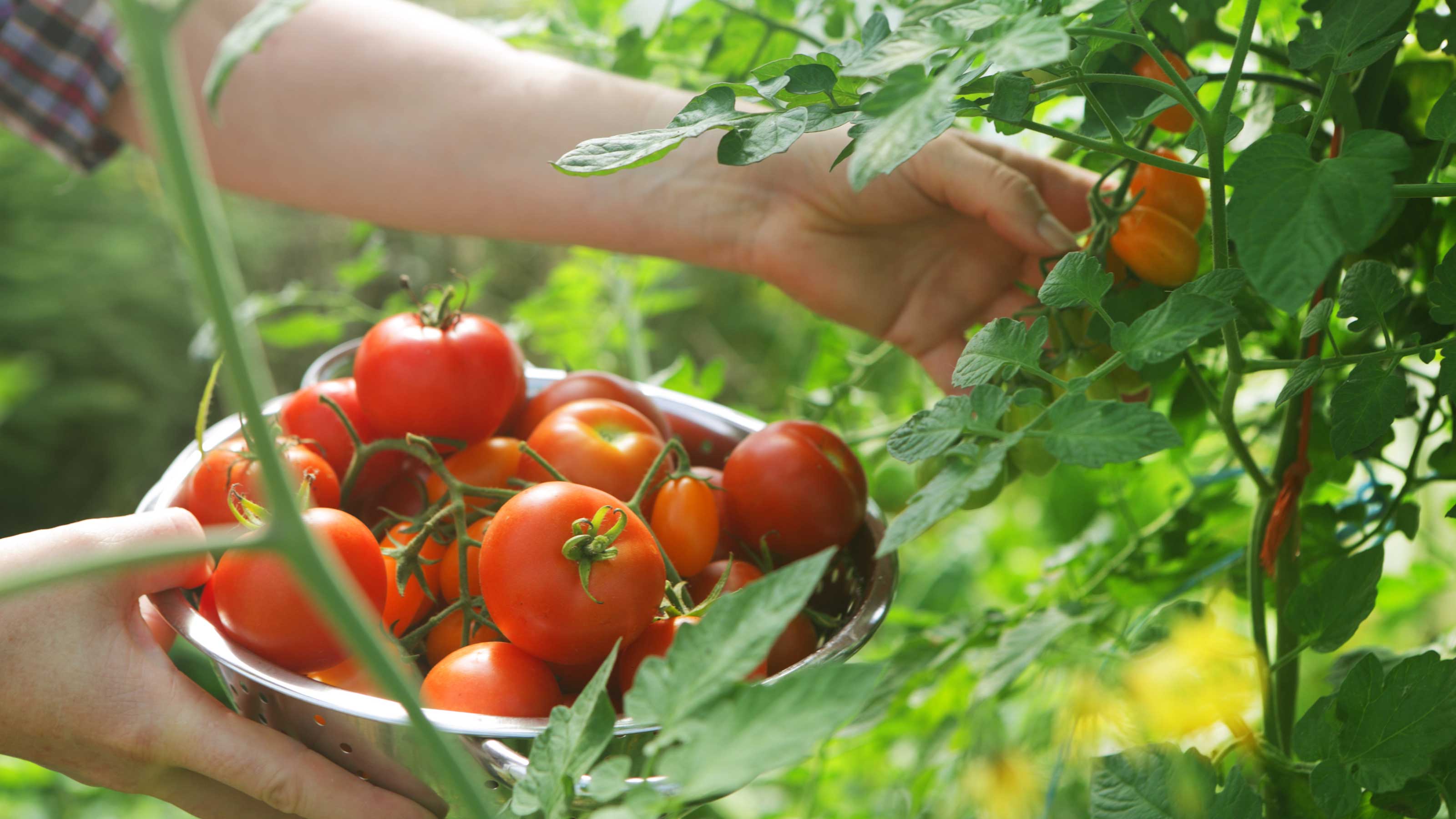

If you're only harvesting tough-skinned tomatoes, you may feel a little disappointed, especially if you planned to eat them fresh in summer salads or with nothing but a drizzle of olive oil. You're probably also wondering why, exactly, they are that way, rather than the plump and juicy fruits you imagined picking from your plants.
As it turns out, there are a few tips and tricks when growing tomatoes that will help prevent those tough skins from forming. And once you've got the know-how and tweaked your tomato care routine, you'll be rewarded with a perfect harvest to be proud of.
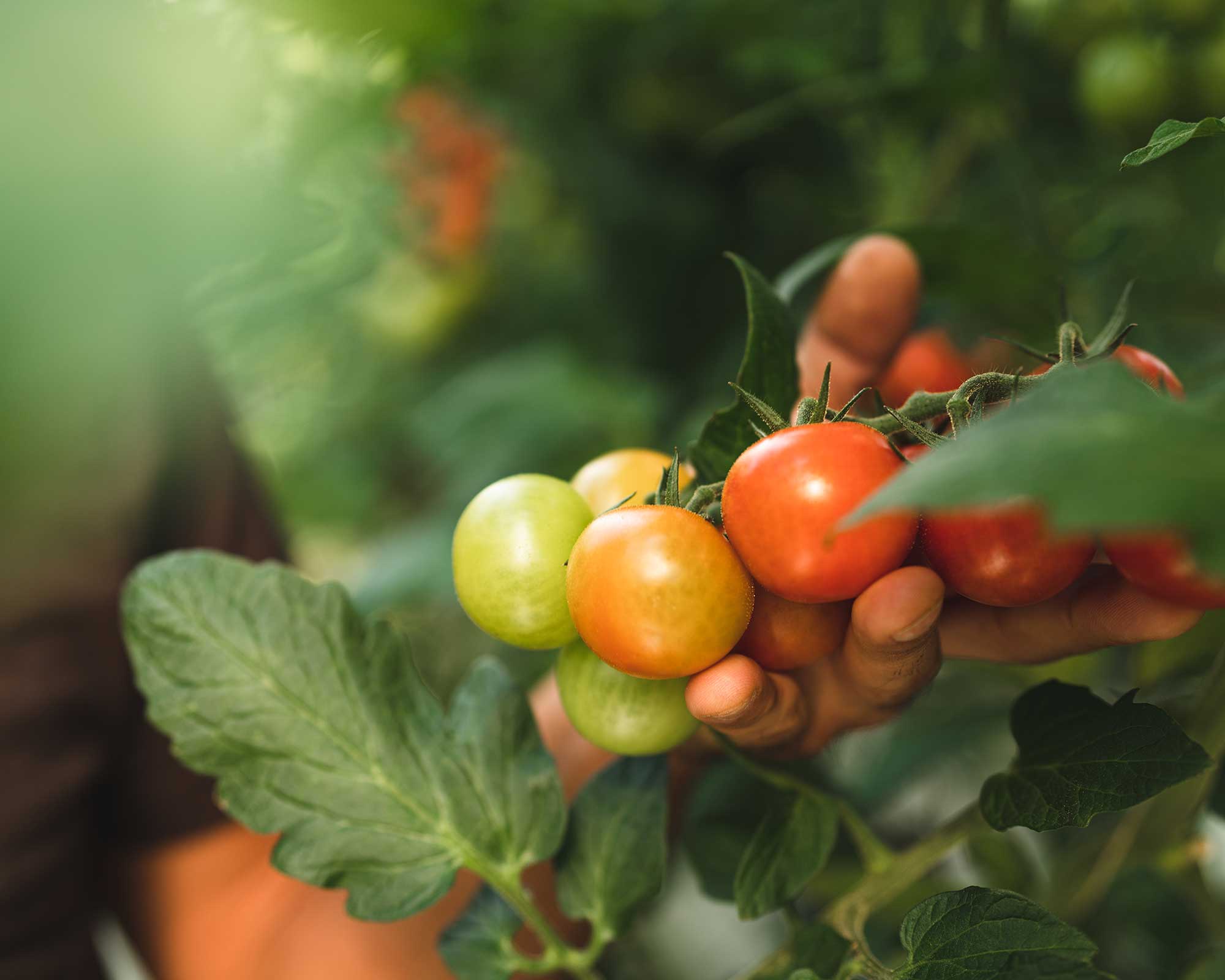
Grow your best crop yet with our advice
3 reasons for tough-skinned tomatoes, and how to avoid them
Whether you're growing your tomatoes in raised garden beds or as vegetables in pots, avoiding these common issues will help keep their skins soft rather than tough, chewy, and a little bitter.
1. Over-feeding your tomatoes
Fertilizing your plants can give them a boost and help to increase yields, but overdoing it can cause tougher skins on your tomatoes.
'The most common reason for tomato skins being tough is over-feeding with high-potash fertilizers,' explains John Negus, a gardening expert from Amateur Gardening.
'Many books and experts recommend using tomato feed once the fruits have started to develop, but I would recommend alternating between tomato feed (high in potassium to promote fruiting) and balanced feed (with good levels of nitrogen to promote leafy growth).
'The strongest and healthiest plants have access to the full range of nutrients required for growth, and to concentrate on one aspect, potentially at the expense of others, will not promote good all-round growth or vigor,' he adds.
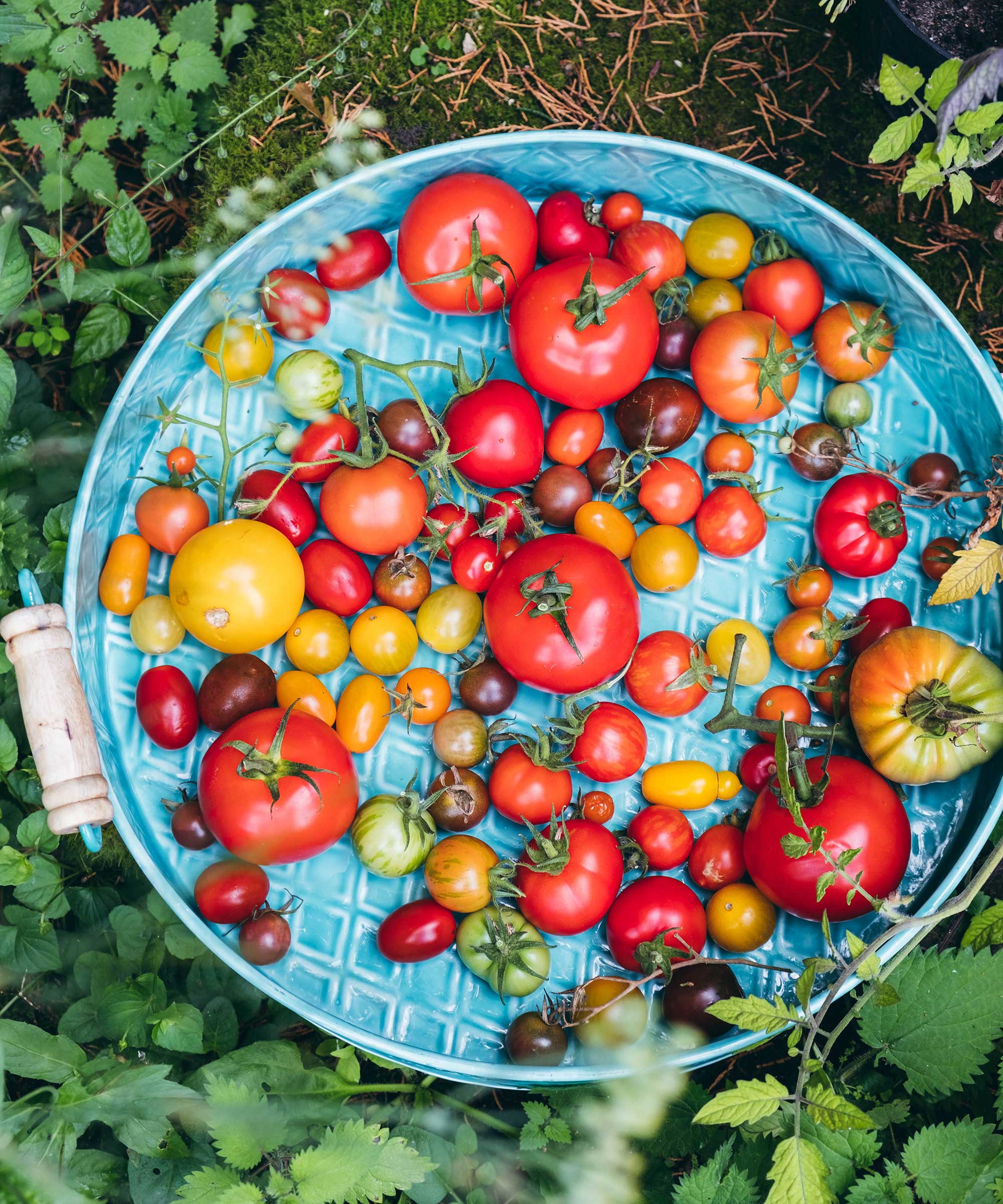
Be careful not to overfeed your tomatoes with high-potash fertilizer
2. Too much heat
Although tomatoes generally thrive in the sun, excessive amounts can cause problems.
'Tough skins can also arise due to too much heat or sunlight,' John says. This is because it encourages the cells of the fruits to thicken.
'If the plants are in a greenhouse, make sure it is properly ventilated and lightly shaded,' he suggests – you can buy shading netting on Amazon. 'Next year, if a long and warm spell is forecast, coat the glass with white shading paint to temper sun heat,' he adds.
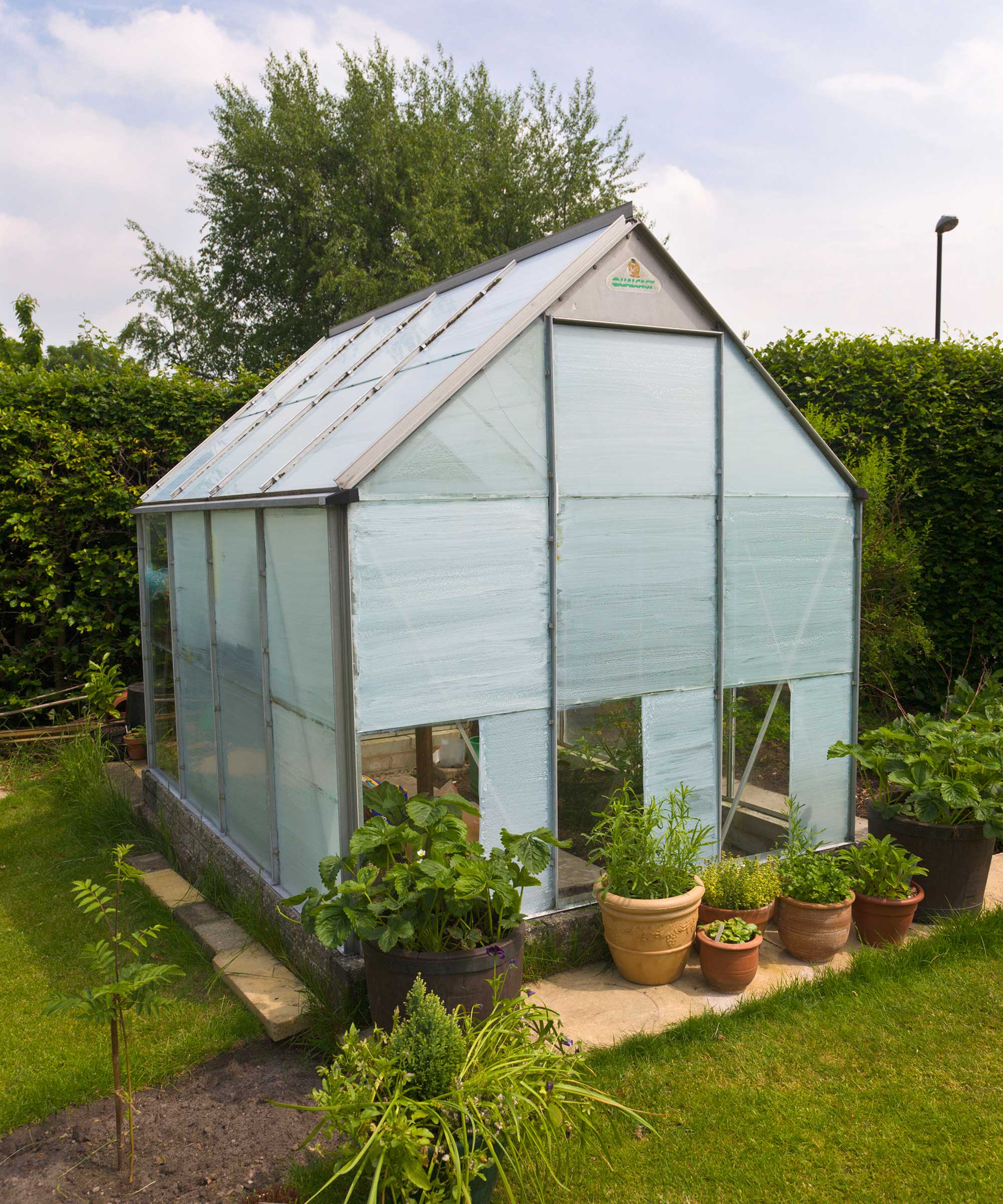
White shading paint will cool down your greenhouse
3. Insufficiently watering your tomatoes
Finally, tomato skins can become tough if the plants don't receive enough water. What's more, if the water supply suddenly increases after a period of drought, the plants will put on a spurt of growth. This may result in distorted growth and fruit-splitting, explains John. A lack of water can also impact your tomatoes' flavor – and not in a good way.
So, watering plants regularly and adequately is essential, making sure the compost never dries out. Equally, don't allow the soil to become waterlogged, which can also cause problems for your crop.
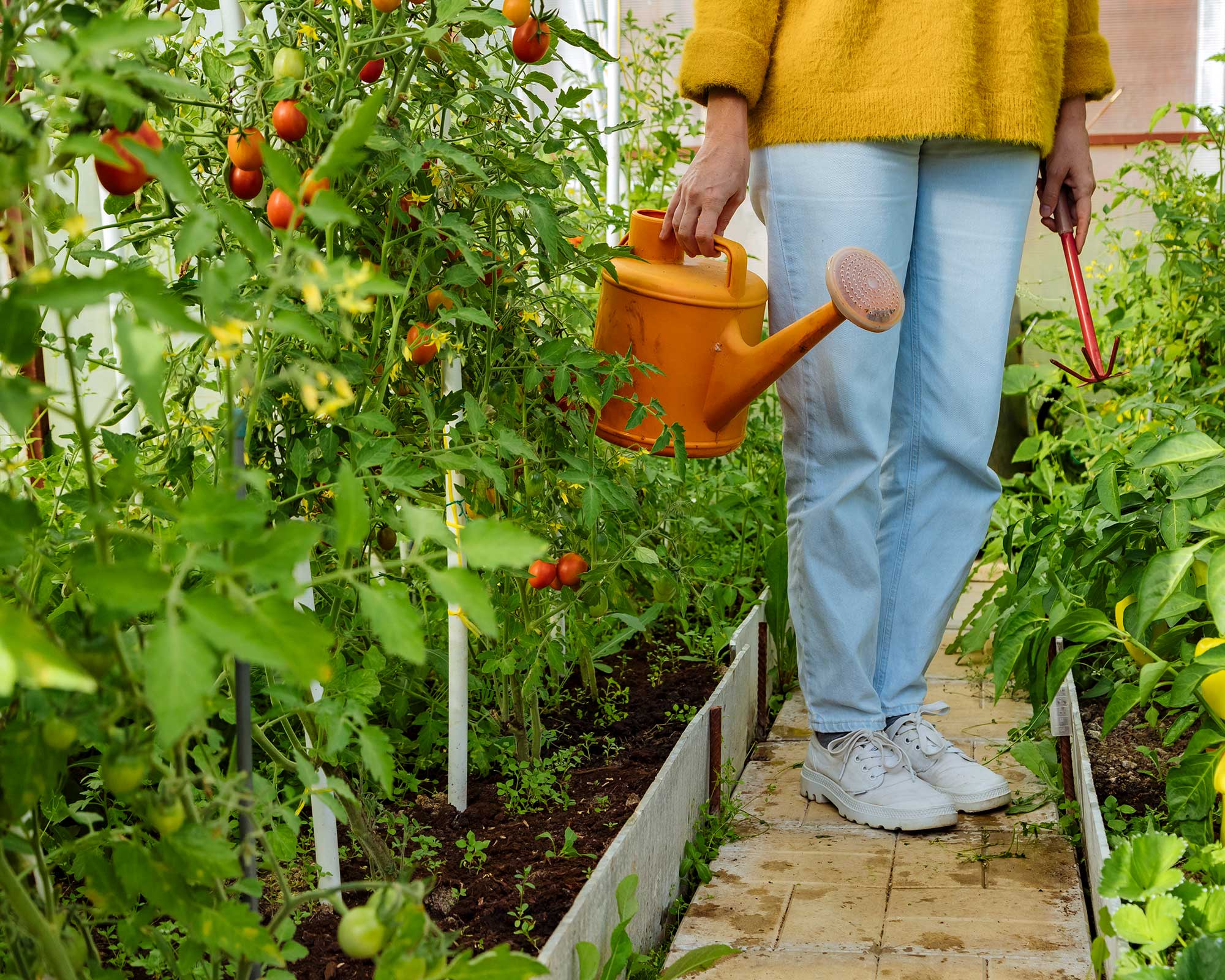
Water your crops regularly
Are there any varieties of tomatoes that are resistant to developing tough skins?
If you want to make it easier to avoid growing tough-skinned tomatoes in your kitchen garden, you'll be pleased to know that there are a few varieties that are less susceptible.
'Tigerella' is one, which bears tasty, medium-sized fruits and is acclaimed for its thin skin, says John. There are also cherry varieties, such as 'Supersweet', 'Sun Grape', 'Sungold', and 'Sun Cherry'.
Pleasingly, seed companies are continuing to research into producing more tomato types that only rarely develop thick skins, John adds.
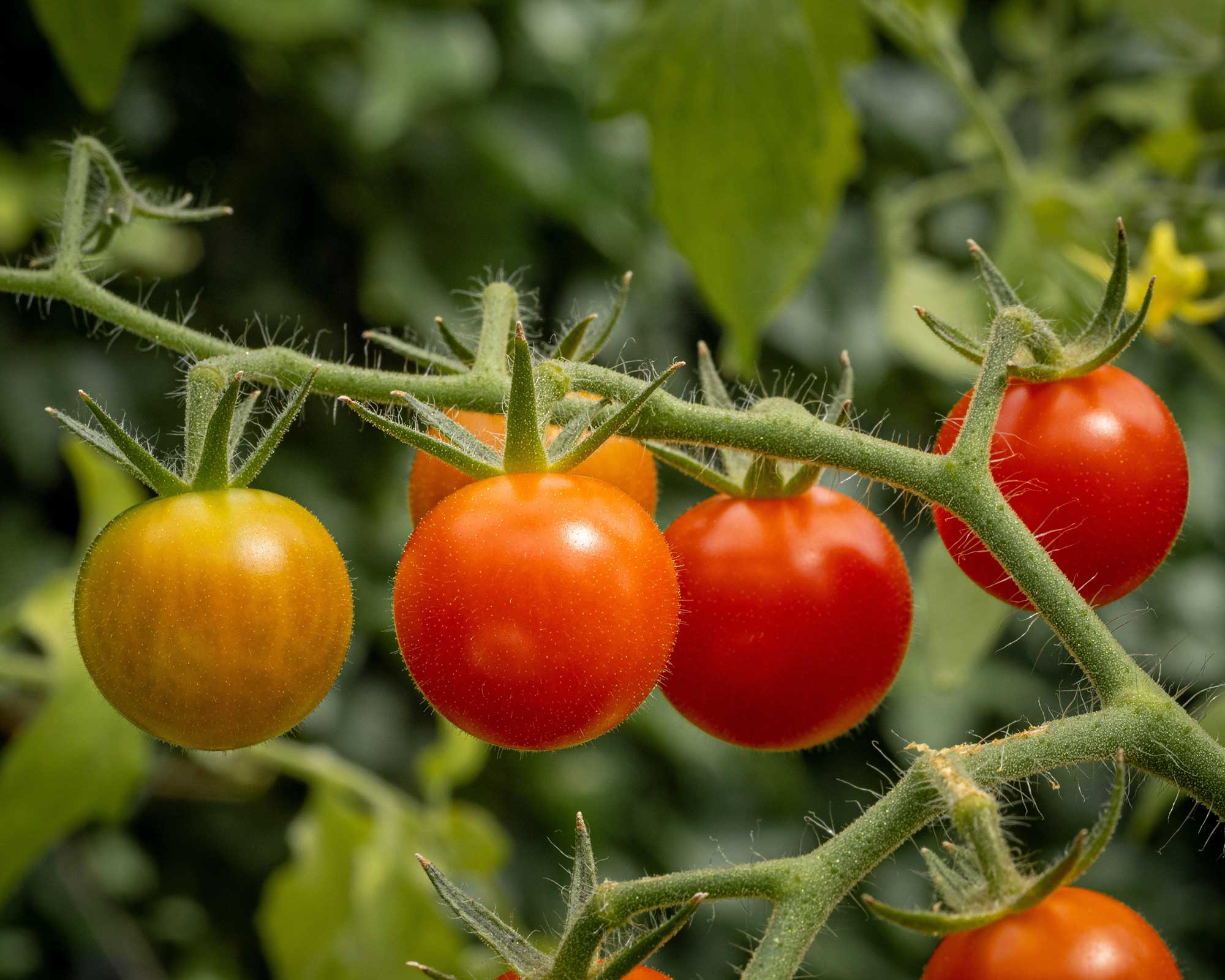
'Supersweet' is less prone to developing tough skins

The garden was always a big part of Holly's life growing up, as was the surrounding New Forest where she lived. Her appreciation for the great outdoors has only grown since then. She's been an allotment keeper, a professional gardener, and a botanical illustrator – plants are her passion.
